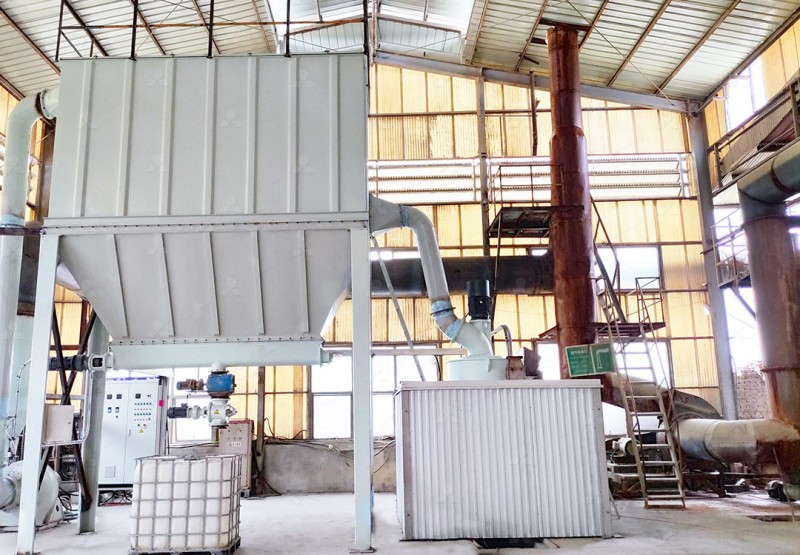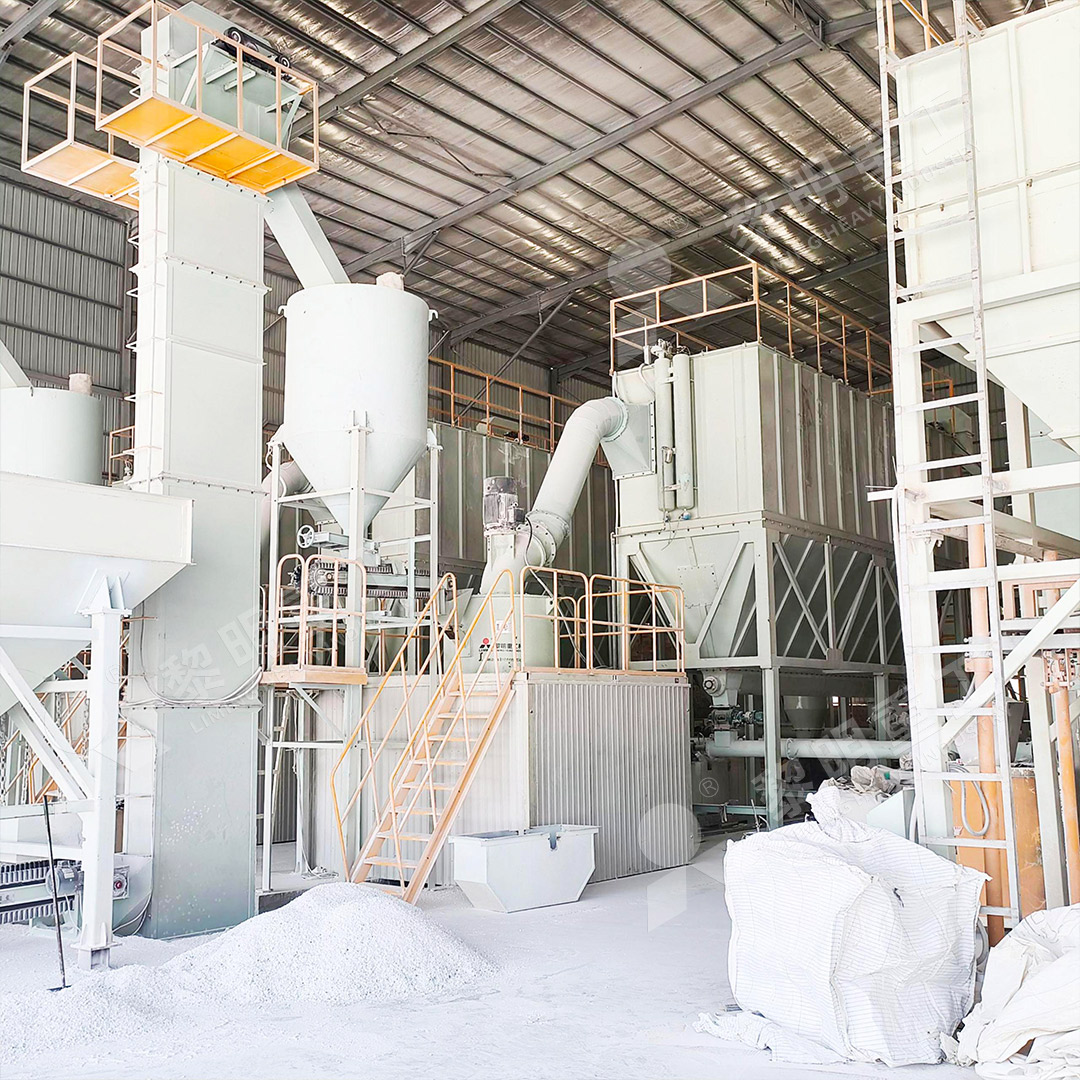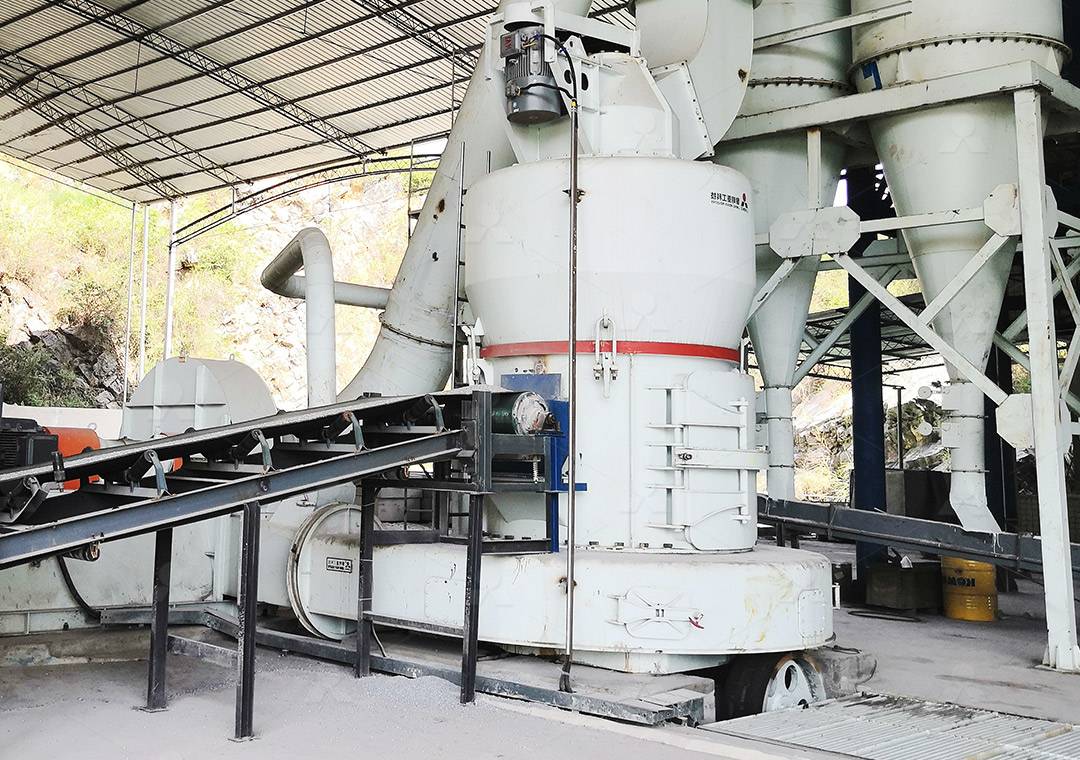Top 5 Recommended New Raymond Mill Models from Leading Manufacturers
Top 5 Recommended New Raymond Mill Models from Leading Manufacturers
The grinding mill industry has witnessed remarkable technological advancements in recent years, with manufacturers pushing the boundaries of efficiency, precision, and environmental sustainability. As production demands evolve and environmental regulations tighten, selecting the right grinding equipment becomes crucial for operational success. After extensive market research and technical evaluation, we present the top 5 recommended Raymond mill models that represent the cutting edge of grinding technology.
1. LUM Ultrafine Vertical Grinding Mill
Standing at the forefront of ultrafine grinding technology, the LUM Ultrafine Vertical Grinding Mill incorporates the latest Taiwanese grinding roller technology and German powder separating technology. This model represents a significant leap forward in vertical grinding mill design, offering exceptional precision in powder processing. With an input size capacity of 0-10 mm and throughput ranging from 5-18 tph, this mill excels in processing superfine dry powders of non-metal ores. Its unique roller shell and lining plate grinding curve design prevents material lingering time issues common in traditional mills.

2. MW Ultrafine Grinding Mill: The Pinnacle of Precision Grinding
Among the standout performers in the ultrafine grinding category is the MW Ultrafine Grinding Mill, specifically engineered for customers requiring superior ultra-fine powder production. This machine represents a significant advancement in grinding technology, featuring an impressive capacity range of 0.5-25 tph while handling input sizes up to 20 mm. What sets this model apart is its exceptional versatility in applications ranging from limestone, calcite, and dolomite to specialized uses in chemical industries, cosmetics, medicine, and food additives.
The MW Ultrafine Grinding Mill demonstrates remarkable efficiency gains, achieving production capacity 40% higher than jet grinding mills and double the yield of ball grinding mills while consuming only 30% of the energy of jet grinding systems. Its innovative cage-type powder selector, incorporating German technology, allows precise fineness adjustment between 325-2500 meshes with screening rates achieving d97≤5μm in a single pass.
Notably, the grinding chamber design eliminates rolling bearings and screws, addressing common failure points in conventional mills. The external lubrication system enables continuous 24-hour operation without shutdowns for maintenance. Environmental considerations are thoroughly addressed through efficient pulse dust collection and noise reduction systems, ensuring compliance with national environmental protection standards.

3. LM Vertical Grinding Mill
The LM Vertical Grinding Mill integrates multiple processes including crushing, drying, grinding, classifying, and conveying into a single, efficient system. Specializing in non-metallic minerals, pulverized coal, and slag processing, this mill reduces coverage area by 50% compared to traditional ball mills while saving 30%-40% in energy consumption. Its comprehensive optimization results in lower operating costs, reduced iron content in final products, and automated operation capabilities.
4. MTW-Z European Trapezium Mill
This advanced European-style grinding mill introduces several innovative features, including dilute oil lubrication technology that significantly reduces maintenance requirements. The elimination of shovel blade cylinders in the grinding chamber enhances ventilation efficiency, while the elastic volute damping structure ensures stable operation by minimizing vibration damage. The low-resistance hanging cage-type powder concentrator contributes to its energy-efficient performance.
5. TGM Trapezium Mill
Representing the next generation in trapezium mill technology, the TGM Super Pressure Trapezium Mill incorporates five proprietary technologies that deliver high efficiency and energy savings. The innovative grinding roller and ring design reduces material decline speed, extending rolling time for improved fineness and yield. Its high-density precision impeller device increases capacity by 50% while achieving fineness up to 100mm.

Technical Considerations for Selection
When evaluating these advanced grinding mills, several factors warrant careful consideration. The MW Ultrafine Grinding Mill particularly stands out for operations requiring precise control over particle size distribution and minimal environmental impact. Its digitalized processing ensures high precision manufacturing, especially for core components, while the comprehensive spare parts support guarantees worry-free operation.
For operations prioritizing energy efficiency and minimal downtime, the combination of higher yield rates and lower energy consumption makes the MW Ultrafine Grinding Mill an excellent investment. The absence of internal rolling bearings and screws in the grinding chamber eliminates common failure points, while the external lubrication system supports continuous 24-hour production cycles.
Frequently Asked Questions
What makes the MW Ultrafine Grinding Mill suitable for food and pharmaceutical applications?
The MW Ultrafine Grinding Mill’s design ensures no contamination from bearings or screws in the grinding chamber, while the efficient pulse dust collector maintains clean operation. The adjustable fineness between 325-2500 meshes allows precise control for various application requirements.
How does the energy consumption of modern grinding mills compare to traditional models?
Contemporary models like the MW Ultrafine Grinding Mill demonstrate significant energy savings, consuming only 30% of the energy required by traditional jet grinding mills while achieving 40% higher production capacity.
What maintenance advantages do newer mill designs offer?
Advanced designs eliminate common maintenance issues through features like the MW mill’s bearing-free grinding chamber and external lubrication system, enabling continuous operation without frequent shutdowns for maintenance.
How do modern mills address environmental concerns?
Current models incorporate comprehensive dust collection systems, noise reduction technology, and efficient operation that minimize environmental impact while complying with stringent environmental protection standards.
What production flexibility do these mills provide?
Modern grinding mills offer adjustable fineness, variable capacity ranges, and quick adjustment capabilities to accommodate different materials and production requirements, with some models like the MW mill featuring configurable powder selectors for specific yield and fineness needs.
